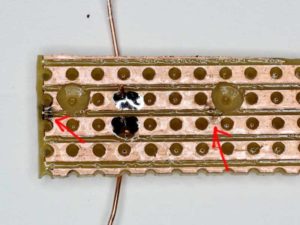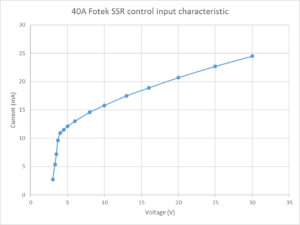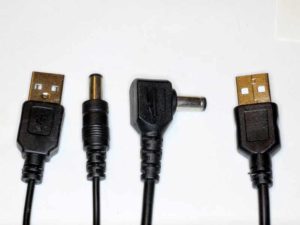This posts shows a measurement of ambient noise and comparison with the data given at Expected ambient noise and its more detailed references.
The test scenario is my 40m station, a G5RV inverted V dipole with tuned feeders, a balun and ATR-30 ATU. Antenna system losses are less than 1dB.
The chart above gives a range for expected ambient noise at 40m.
Above is a screen shot from a spectrum analyser measuring power in 1kHz bandwidth from 7.0 to 7.1MHz. The band is mostly unoccupied, and the mean noise power is about -99dBm, it would be 3dB higher in 2KHz bandwidth (ie -96dBm). Continue reading Expected ambient noise – in practice












